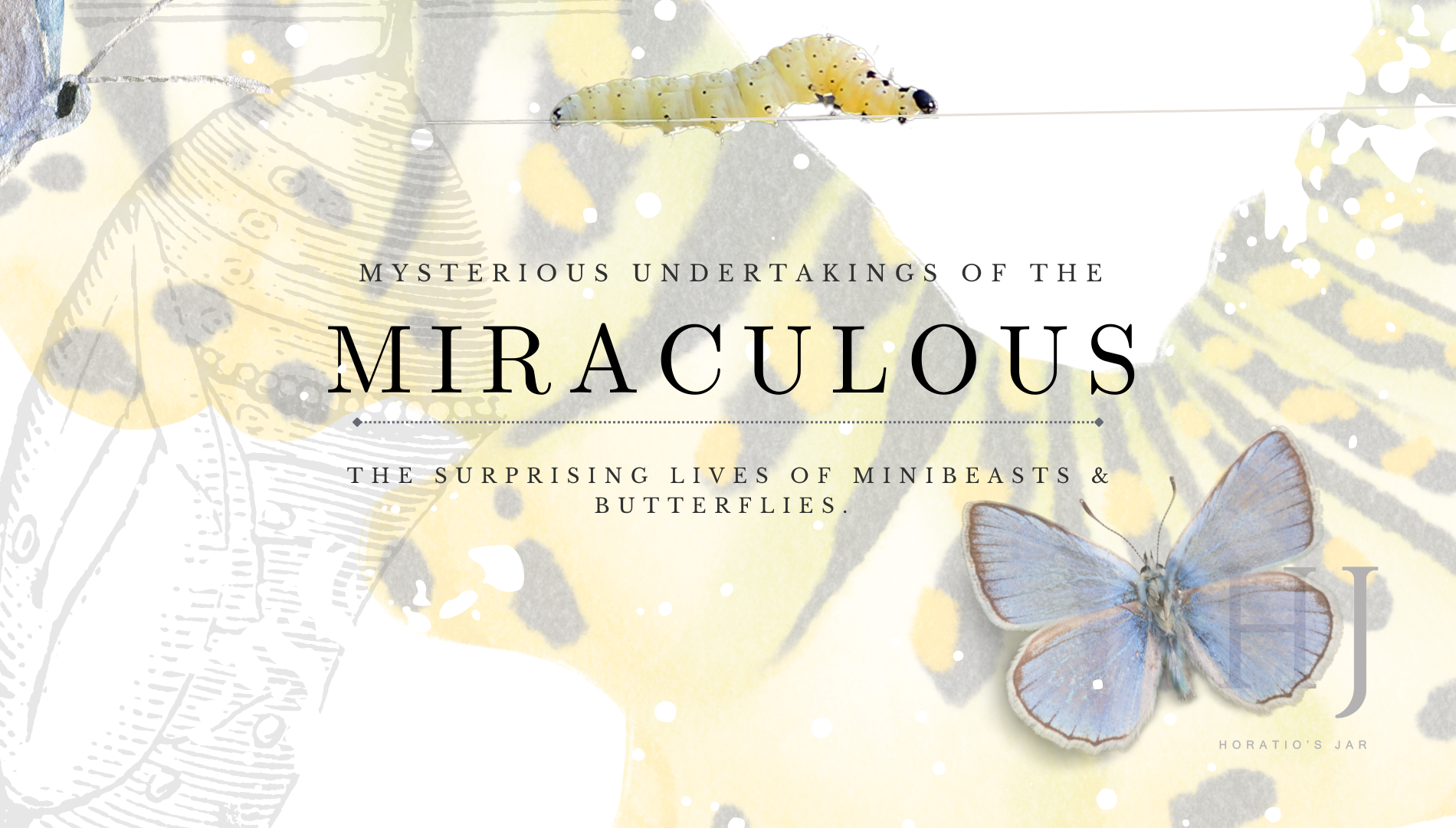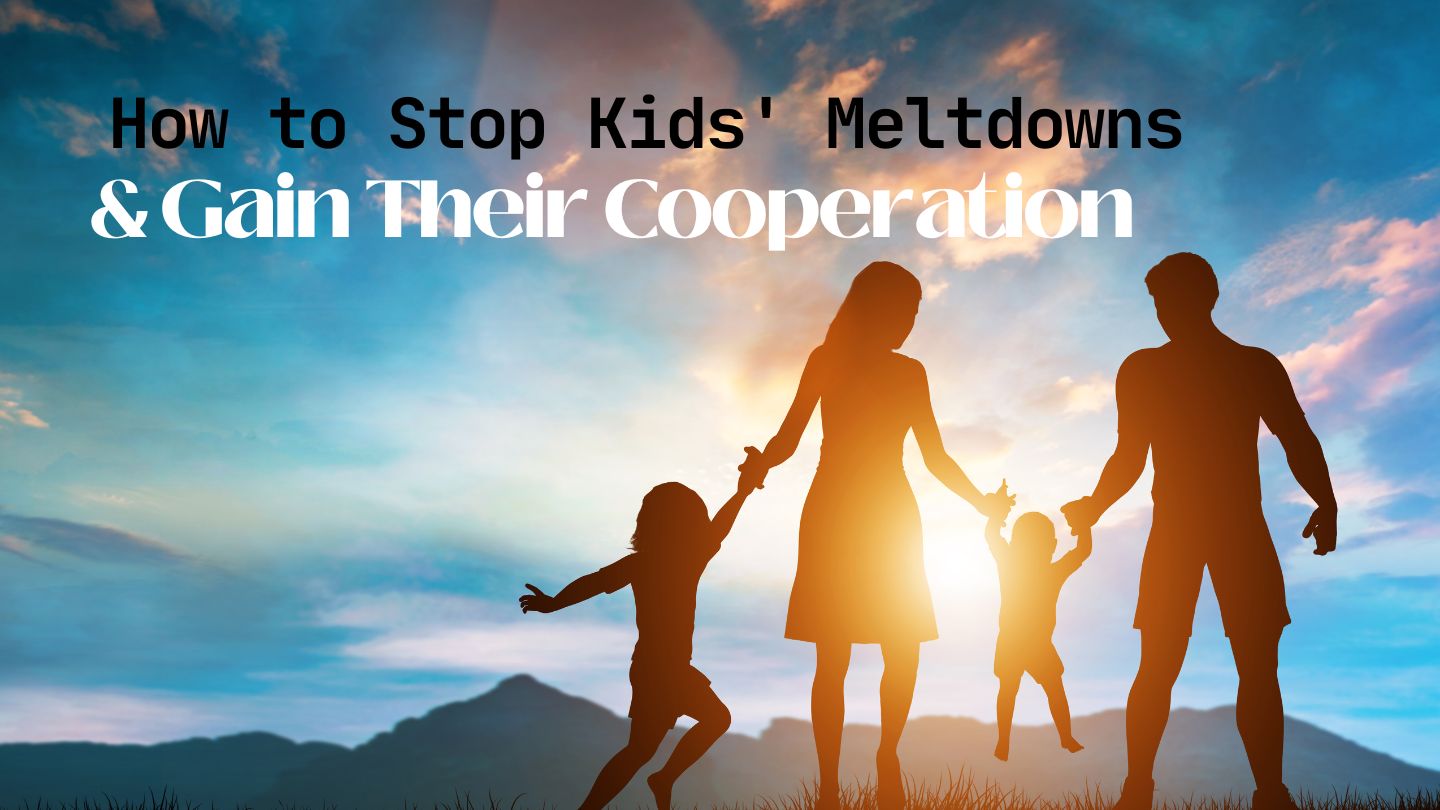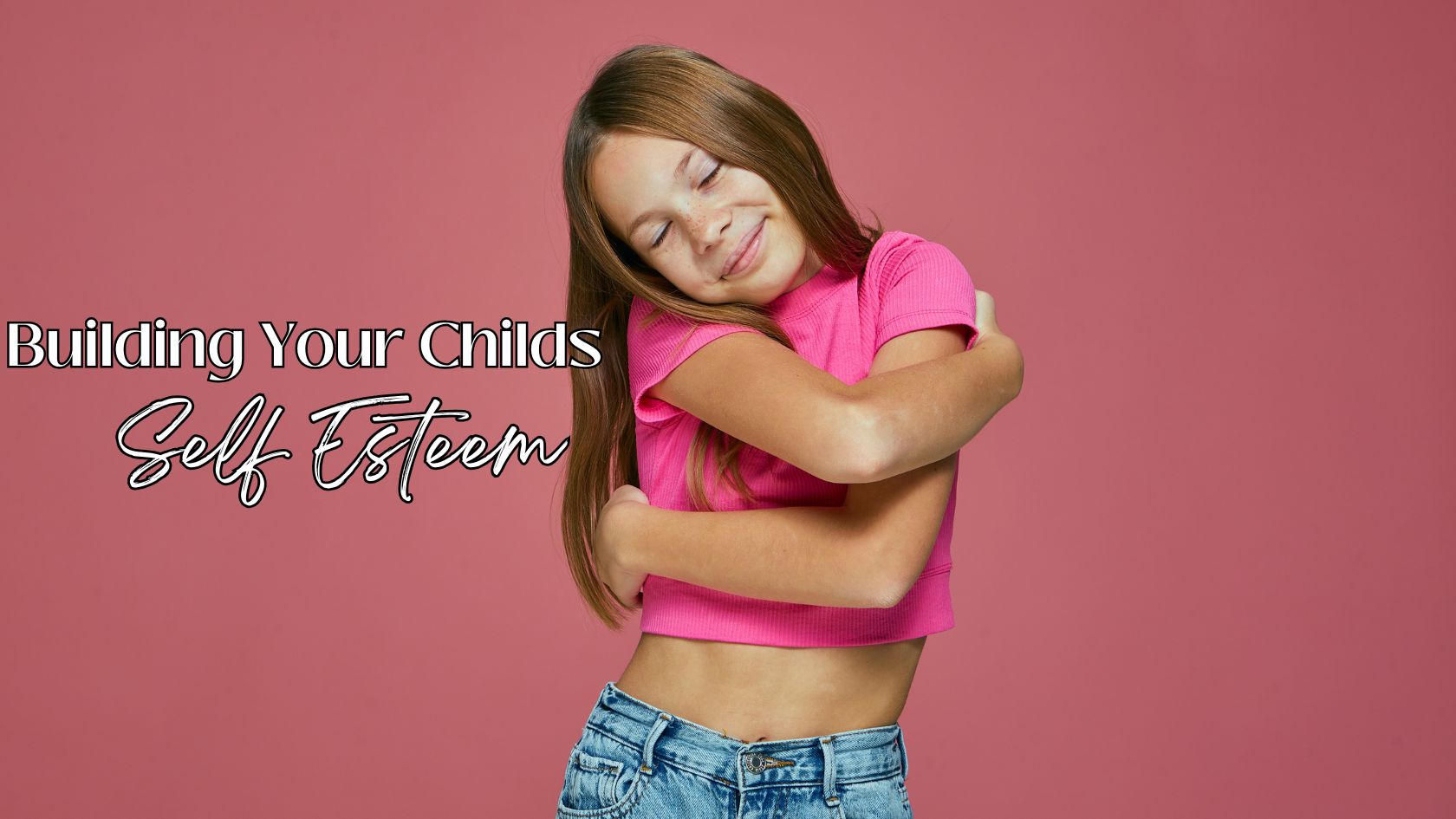Latest From Upschool
- How to Stop Kids’ Meltdowns and Gain Their Cooperation
- Making Big Decisions When You and Your Co-Parent Disagree
- Building Your Child’s Self Esteem
- Separation Anxiety & Starting School
- Why Parents Should Listen to Kids
- How To Raise Emotionally Intelligent Children
- How to Combat End of Year Fatigue
- Navigating Technology and Kids: A Guide for Parents
-
-
No videos yet!
Click on "Watch later" to put videos here
- View all videos
-
-
-
Don't miss new videos
Sign in to see updates from your favourite channels
-

Mysterious Undertakings of The Miraculous -
The Surprising Lives of Mini- Beasts & Butterflies.
It would seem that I have been roaming the world utterly ignorant of basic and essential information, potentially misinforming tiny children of specific facts of life along my way. It is certainly not my fault I had it all so wrong. It is what I learned as a child; "caterpillars turn into butterflies inside a cocoon".Metamorphosis
I hardly know much about anything, but one thing I thought, well, at least assumed was right, was that a butterfly is a caterpillar that transforms itself inside a cocoon made from spidery-like silk. Sometimes sticks, or what have you, are plucked together to make the little hideaway where the transformation takes place.
The bug re-emerges two weeks later, a slender and delicate winged beastie, ready to take flight and mingle in the flower fields with all the other winged pollinators we are utterly reliant on for survival.
But my assumptions were wrong; this is not the whole story. This article is set to clear up some serious misunderstandings and bring to the table the extraordinary life of a butterfly.
How do caterpillars turn into butterflies?
More from Imagine This - Wed 15 Jun 2022https://www.abc.net.au/kidslisten/imagine-this/how-caterpillars-turn-butterflies/13928970
Beautiful Wonderment.
Beautiful, floaty, angelic little things that are harmless, slow-moving and often brightly coloured - butterflies capture the whole world's attention and imagination and have done so for generations.
Butterflies are a source of joy, curiosity, laughter and magic in the world - drawing our attention into their brilliant little worlds, inside the blooms of hibiscus or on the tips of wild lavender, in the setting sun, their paper-like wings illuminate, and magic dances with them.
It would not be believable to think a person who has not stopped to gaze a while at a butterfly would exist.
They may appear to live a simple existence, a happy, pretty two weeks, floating about in the wind, landing on flowers to eat, and taking time out to reproduce clutches of eggs that will become the successive generation of caterpillars - who transform to butterflies - and that is it. Voila, life cycle complete!.
But nothing is ever really that simple, especially regarding nature and the mysteries of life. And as custodians of the natural world and those in charge of catalysing the food we eat, there is no way to deny there is much more to a butterfly than wafting about in the twilight haze or fritting about in flower beds.




